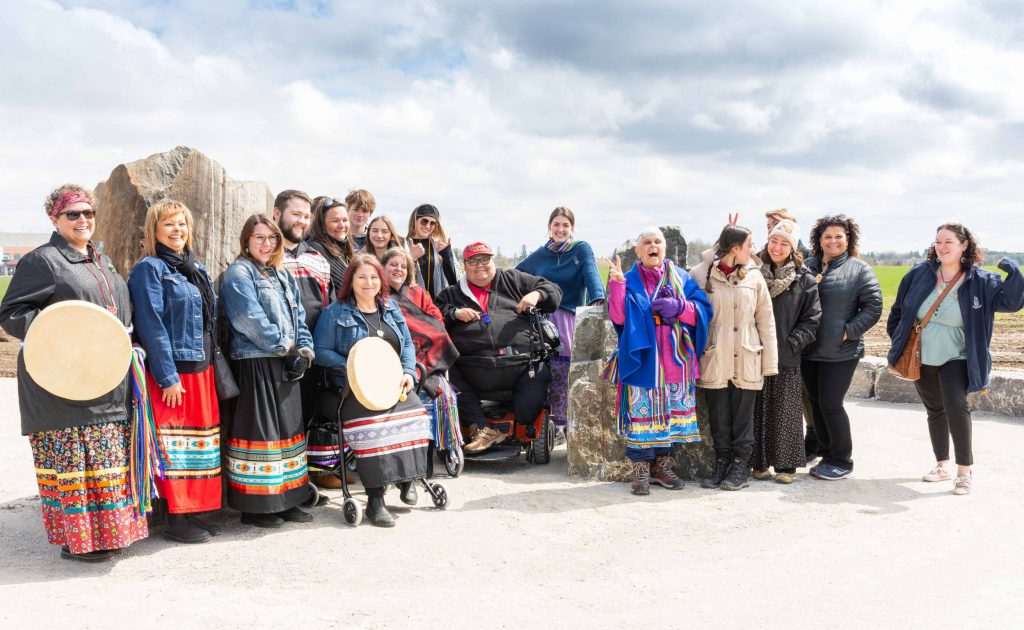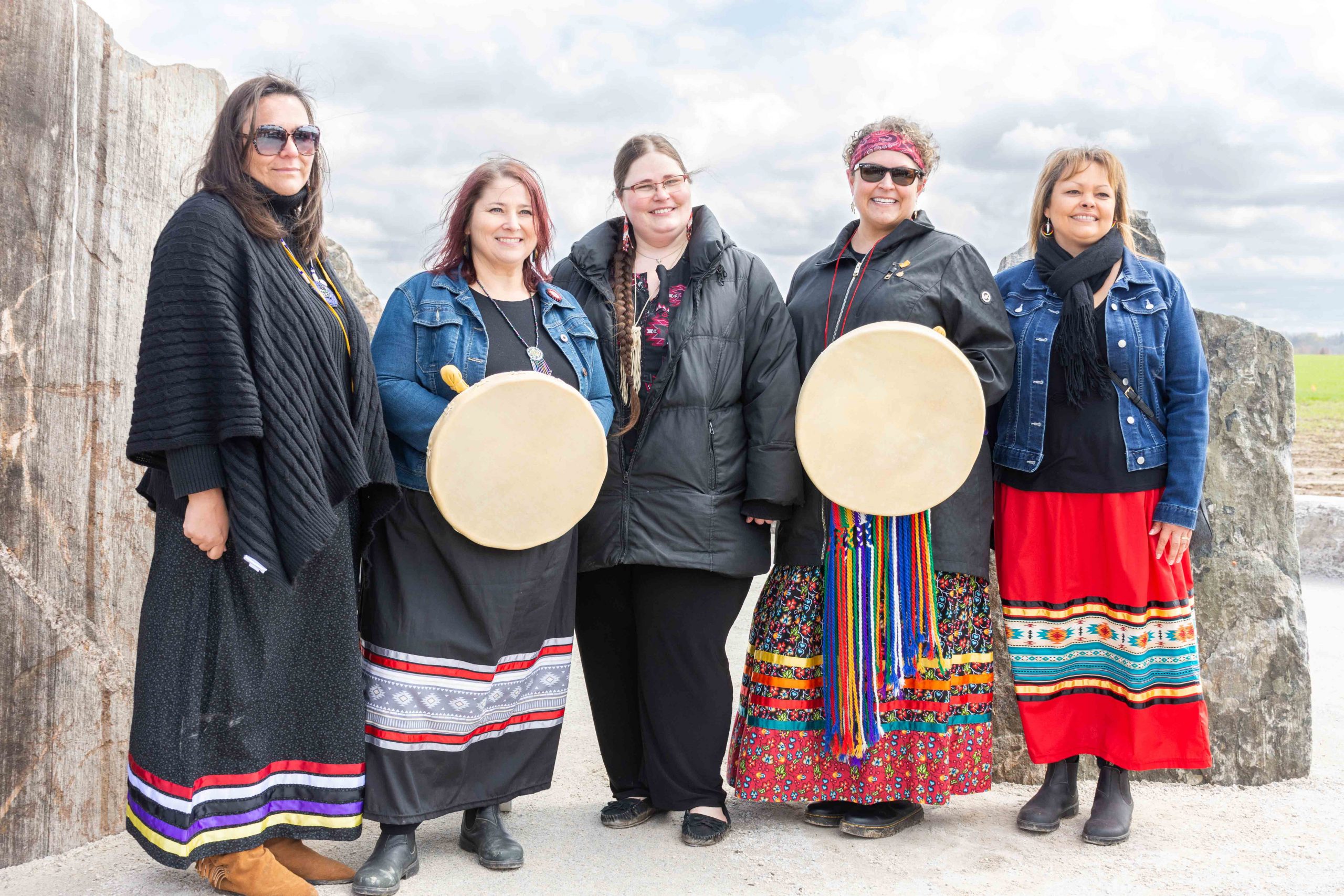ABOYNE – June 21 is Indigenous Peoples Day, a national celebration recognizing the culture and contributions of First Nations, Inuit and Metis people.
It’s also the summer solstice – the first day of summer.
Community members in Wellington County will celebrate by planting traditional medicines in the Indigenous Gathering Circle in Aboyne.
The medicines include sweetgrass, Buffalo sage, semah (traditional tobacco), and native wildflowers like bee balm and sweet oxeye to support pollinators, said Amber Holmes (Naawayaa), event organizer and member of Wellington County’s Indigenous Advisory Committee (IAC).
Before anything is planted, a ceremony will be held and attendees will receive teachings about the medicines.
Holmes said the solstice is a time to honour the Earth and sun, noting the event begins at noon, when the sun is highest in the sky.
Attendees can “expect to get dirty,” and gloves are not necessary, because there are medicinal benefits of gardening with bare hands, Holmes said.
There will be a range of ways for people of all ages and abilities to contribute.
The space is accessible for strollers, wheelchairs, and other mobility aids and includes accessibility planters. Children are welcome and can help plant sweetgrass and sage.
However children will not be allowed to touch the semah (tobacco). It is grown from heritage seeds and has a higher nicotine content than commercial tobacco.
If anyone were to smoke it they “would get very sick,” Holmes noted.
These heritage seeds are descendants of tobacco seeds found preserved in a clay pot dated to be 1,000 years old, Holmes said.
Holmes, who is Anishinaabe and two-spirit, uses ki and kin pronouns.
These pronouns draw from an Anishinaabemowin word for earth, or land, signifying Holmes’ relation with all beings living on this land.
On June 6, Anishinaabe Day, children from the Wellington Place Child Care and Learning Centre visited the Indigenous Gathering Circle for a teaching about sweetgrass. The children then helped plant sweetgrass in the raised beds.
Holmes said the kids “feel very responsible for the space,” which they can see from the centre.
They have been watching it change over the last few months, and participating in planting helped strengthen their sense of responsibility for the garden, ki said.
“It was tremendous to have them out here, and the first group to help with planting.
“I couldn’t imagine a better way to spend Anishinaabe Day than talking to students about the medicine,” added Holmes, noting there is a “symbiotic relationship” between people and sweetgrass.
The two-acre space, located behind the childcare centre, the Aboyne Library, and the Wellington County Museum and Archives, is surrounded by farm fields and includes circular paths, raised beds, large stones, and over 100 recently-planted fruit trees and cedar trees.
Student coordinator Abby Ferguson helped plant each of the trees and has been doing a “tremendous job” ensuring the garden stays watered and cared for, Holmes said.
Conversations between the IAC, the Southwest Ontario Aboriginal Health Access Centre, and Anishinabeg Outreach about which medicines are needed guide which plants are chosen for the garden.

The Indigenous Gathering Circle located at the Wellington Place Campus in Aboyne was officially opened on April 26 with remarks from local politicians and Indigenous ceremony. Indigenous community members who had a role in opening the grounds gathered around three, upright granite stones representative of Métis, Inuit and First Nations. Advertiser file photo
Many of the plants are provided by the county’s Green Legacy Program.
It is likely the Indigenous Gathering Circle “resident hawk” will be perched in a tree between the space and the library, Holmes noted.
The hawk spends a lot of time in the tree, and flew overhead after the opening ceremony on April 26.
Holmes said that’s “very meaningful to us,” adding “in my teachings hawks are an important symbol of leadership.
“Whenever I’m questioning if I am on my right path I see the hawk,” ki said – a good omen.
Holmes noted it is important the planting day is a community event because “when you are involved with planting the medicines, you feel responsibility for the space.”
For non-Indigenous people, volunteering during the planting day is an “act of reconciliation,” and an opportunity to participate in the work of creating community, ki added.
The Indigenous Gathering Circle is located at 552 Wellington Road 18, north of the museum and library.
Organizers ask that people interested in volunteering for the planting day register in advance here or contact Indigenous@wellington.ca.
Volunteers will be contacted if the event needs to be postponed due to weather.
What to bring:
- refillable water bottle;
- lunch/snacks (waste free if possible);
- watering can and/or hand trowel (limited number available on site); and
- sunscreen, a hat and long sleeves (no shade in garden).




